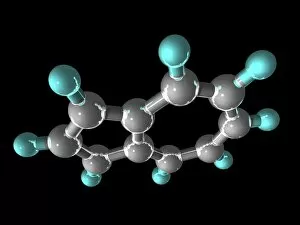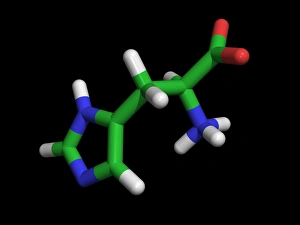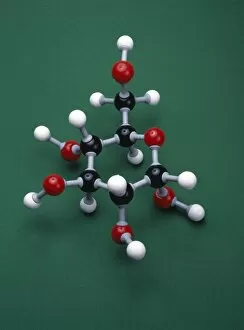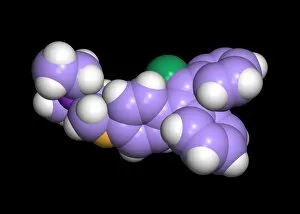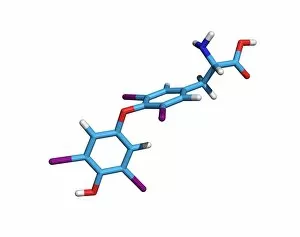Isomer Collection
Isomers, the fascinating world of molecular twins
All Professionally Made to Order for Quick Shipping
Isomers, the fascinating world of molecular twins. From two forms of thalidomide to codeine drug molecule, azulene molecule, and histidine amino acid - they are everywhere. These compounds possess identical chemical formulas but differ in their structural arrangements, leading to distinct properties and effects. Take glucose for instance; its isomer model showcases how a simple rearrangement of atoms can result in a completely different compound with diverse characteristics. Similarly, glyceraldehyde isomer models demonstrate the subtle variations that exist within molecules. But it's not just organic compounds that exhibit isomerism; even rubber and gutta-percha have molecular models showcasing their unique structures. This phenomenon extends beyond chemicals as well - histidine amino acid exemplifies how biological molecules can also possess isomers. Delving deeper into the realm of isomers reveals 1, 3-dichlorobenzene molecule and various forms of butane. Each structure represents an alternate arrangement of atoms while maintaining the same chemical formula. Understanding these intricate relationships between molecules allows scientists to manipulate properties such as solubility, reactivity, and toxicity by simply altering their structures. Isomers provide valuable insights into the vast possibilities hidden within seemingly similar compounds. Exploring the world of isomers unravels a captivating tapestry where slight changes in atomic arrangements lead to significant differences in behavior and function. It serves as a reminder that even at a microscopic level, diversity thrives within our universe.


